In the increasingly prosperous beauty market, cosmetic plastic bottles, as the "second skin" of products, not only bear the crucial responsibilities of protecting the contents and extending shelf life but also serve as the primary visual window for brand image and consumer experience. However, for cosmetic manufacturers, selecting suitable plastic bottles and conducting efficient procurement is a complex and challenging task. This article delves into the difficulties of procuring cosmetic plastic bottles, revealing the underlying reasons and corresponding strategies.
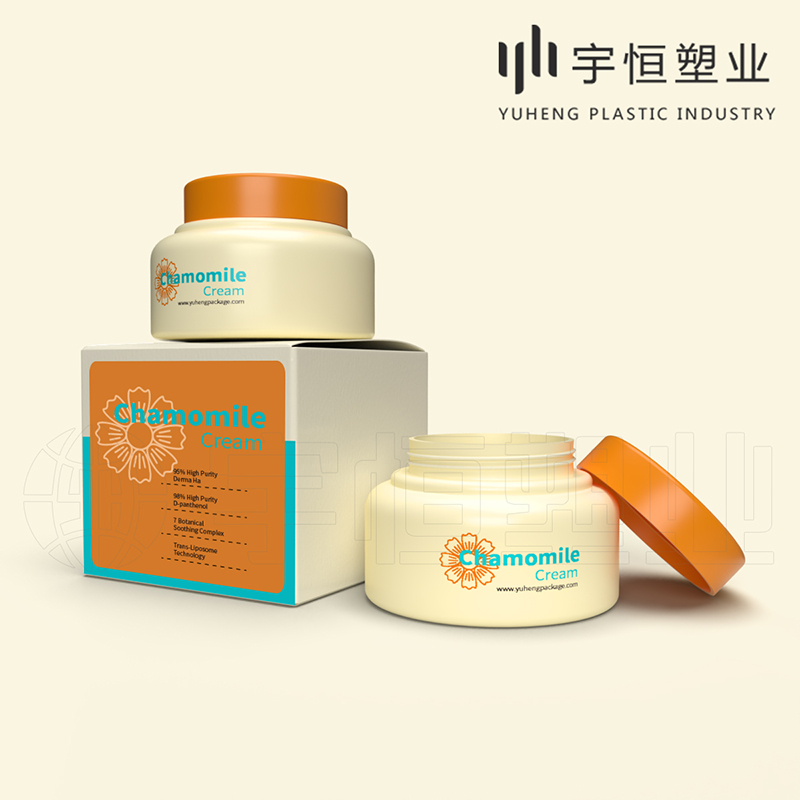
1. Diverse Demands and Personalized Customization
Challenge Analysis: With the diversification of consumer preferences, the design of cosmetic plastic bottles has also become increasingly varied, encompassing shape, size, color, and material to meet the unique needs of different brands and products. Personalized customization has become the norm, but it also implies higher production costs and longer lead times.
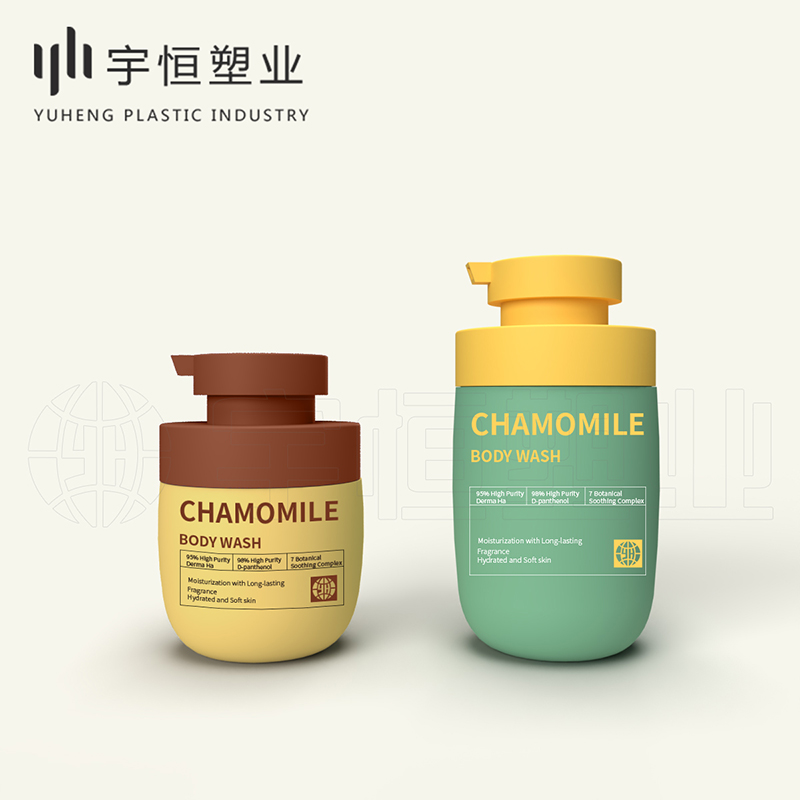
Coping Strategy: Establish long-term partnerships with professional plastic bottle manufacturers, leveraging their design expertise and production line flexibility for rapid prototyping and mass production. Additionally, adopt a modular design approach to minimize the use of non-standard components while maintaining individuality, thereby enhancing production efficiency.
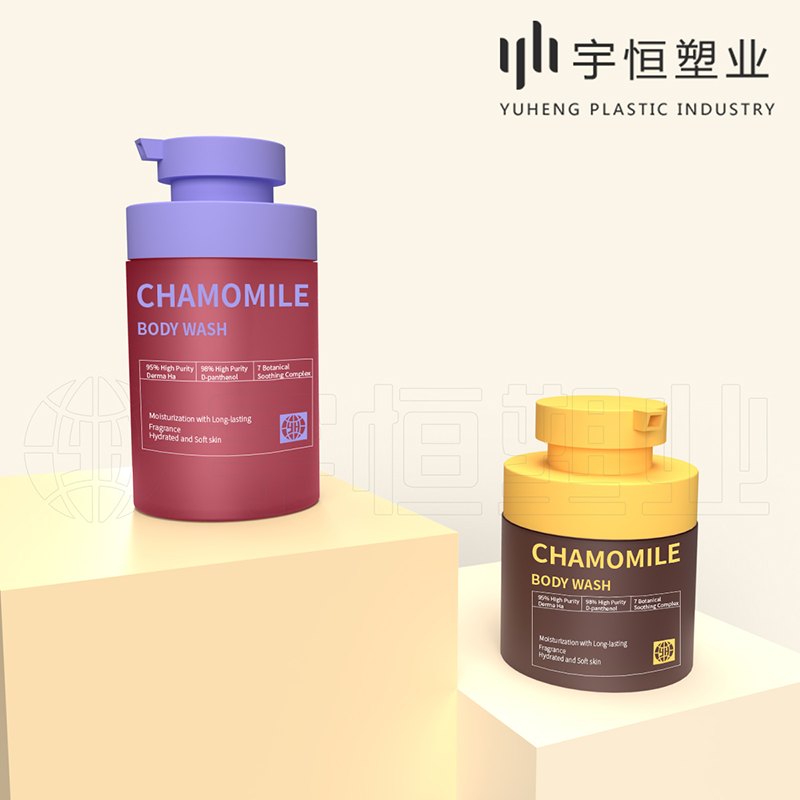
2. Stringent Safety and Compliance Requirements
Challenge Analysis: As cosmetics directly contact human skin, their packaging materials must comply with rigorous hygiene standards and safety regulations, such as the EU's REACH and FDA's requirements for cosmetic packaging materials. Frequent updates to these regulations complicate the procurement process by necessitating continuous verification of material compliance.
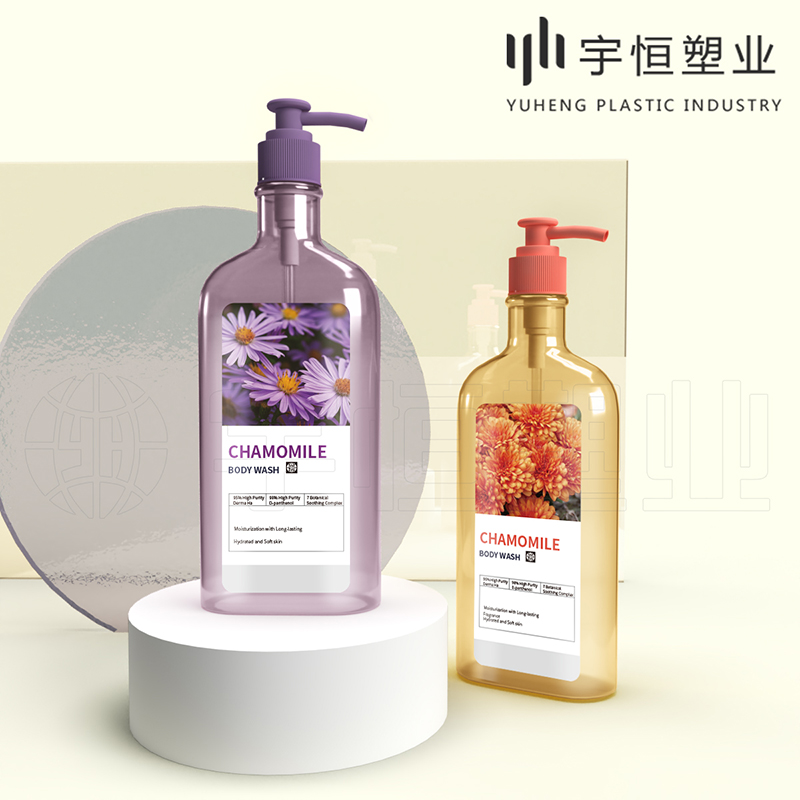
Coping Strategy: Select internationally certified suppliers to ensure reliable material sources that meet all safety standards. Implement a rigorous supplier audit system, including periodic reviews, to maintain ongoing compliance. Furthermore, strengthen communication with regulatory agencies to stay abreast of the latest regulatory developments and swiftly adjust procurement strategies.

3. Balancing Cost Control and Quality Control
Challenge Analysis: Under the premise of ensuring product quality and safety, controlling procurement costs is a perpetual pursuit for enterprises. However, high-quality raw materials and intricate processes often translate into higher costs, while cost reduction may compromise quality, impacting brand image.
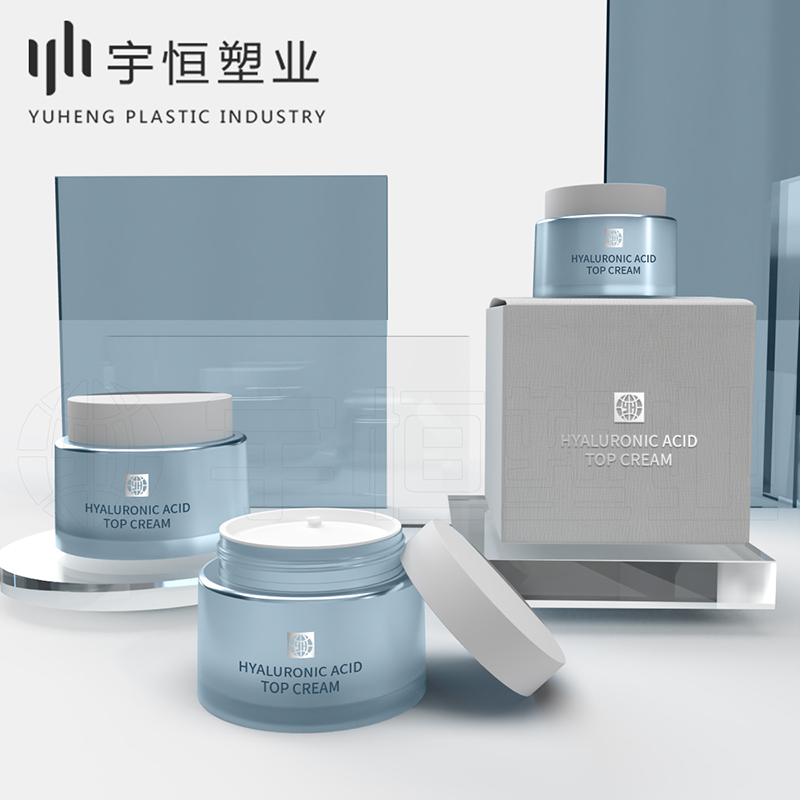
Coping Strategy: Optimize supply chain management to achieve cost savings. Foster win-win partnerships with suppliers to jointly develop new materials and processes, reducing production costs. Adopt lean production methods to minimize waste and enhance efficiency. Simultaneously, establish a rigorous quality control system to ensure every step meets established standards, avoiding additional costs due to quality issues.
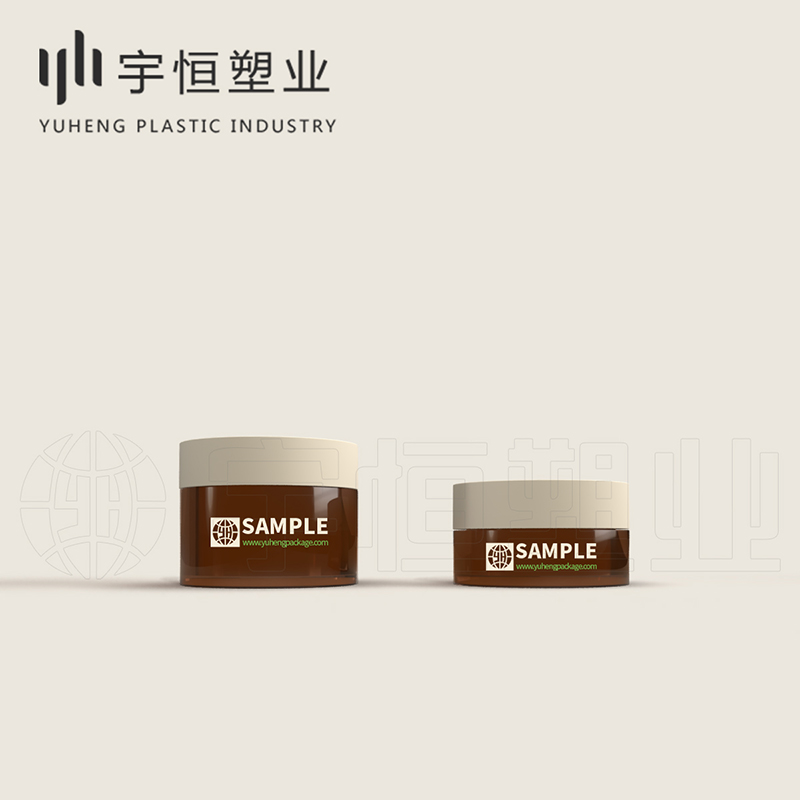
4. Pressure from Environmental Protection and Sustainable Development
Challenge Analysis: Amidst growing global awareness of environmental protection, consumers increasingly demand eco-friendly packaging. Procuring cosmetic plastic bottles necessitates consideration of environmental factors, such as using recyclable materials and reducing plastic usage, posing challenges to traditional procurement models.
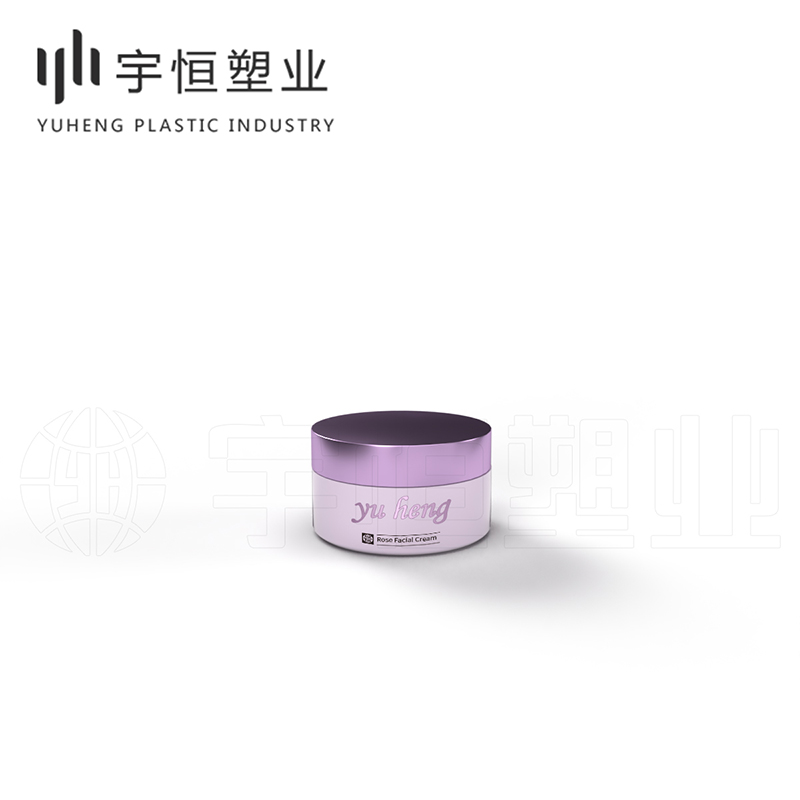
Coping Strategy: Actively seek and adopt eco-friendly materials like bioplastics and biodegradable plastics to mitigate environmental impact. Foster innovative packaging designs, such as reducing package size and adopting reusable packaging formats, to enhance product sustainability. Additionally, establish a green supply chain system, encouraging suppliers to implement energy-saving and emission-reduction measures, jointly promoting sustainable development in the industry.

In conclusion, while the procurement of cosmetic plastic bottles presents numerous challenges, enterprises can overcome these obstacles by precisely grasping market demands, strictly controlling safety and compliance, optimizing cost and quality control, and actively addressing environmental and sustainability requirements. By doing so, they can achieve efficient and high-quality procurement management, laying a solid foundation for the long-term development of their brands.




